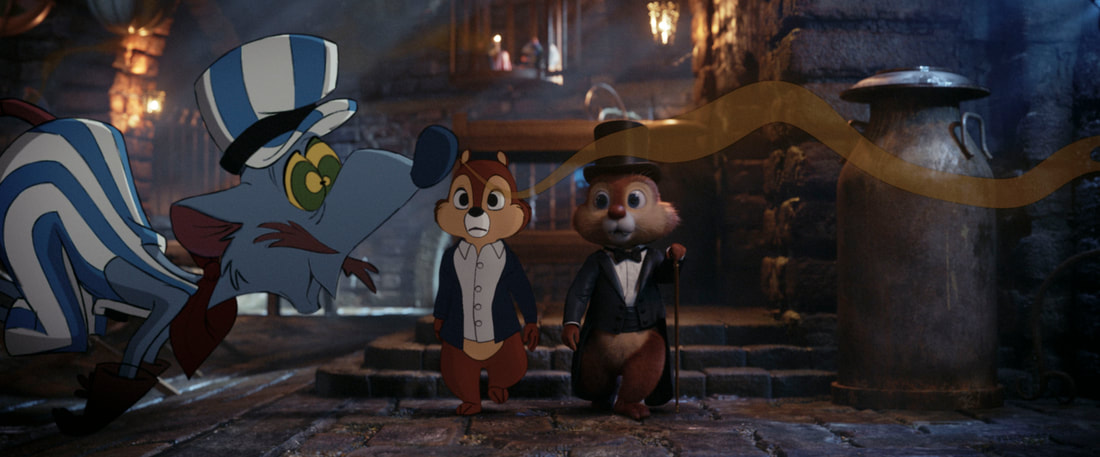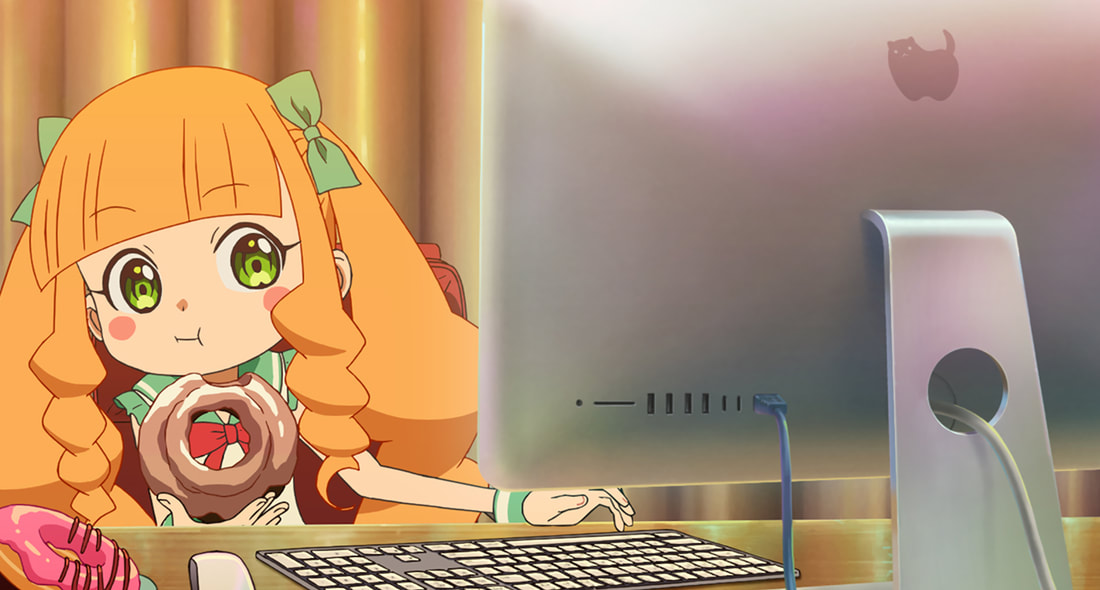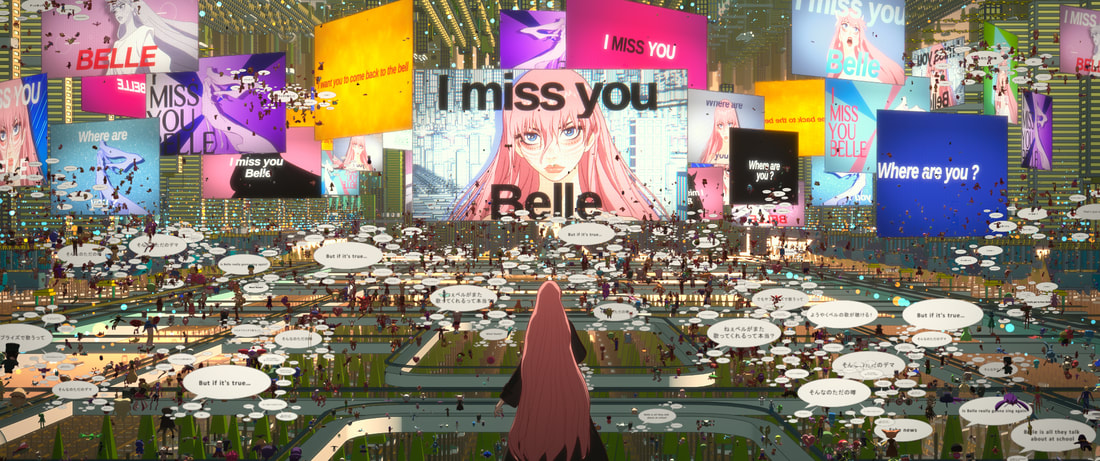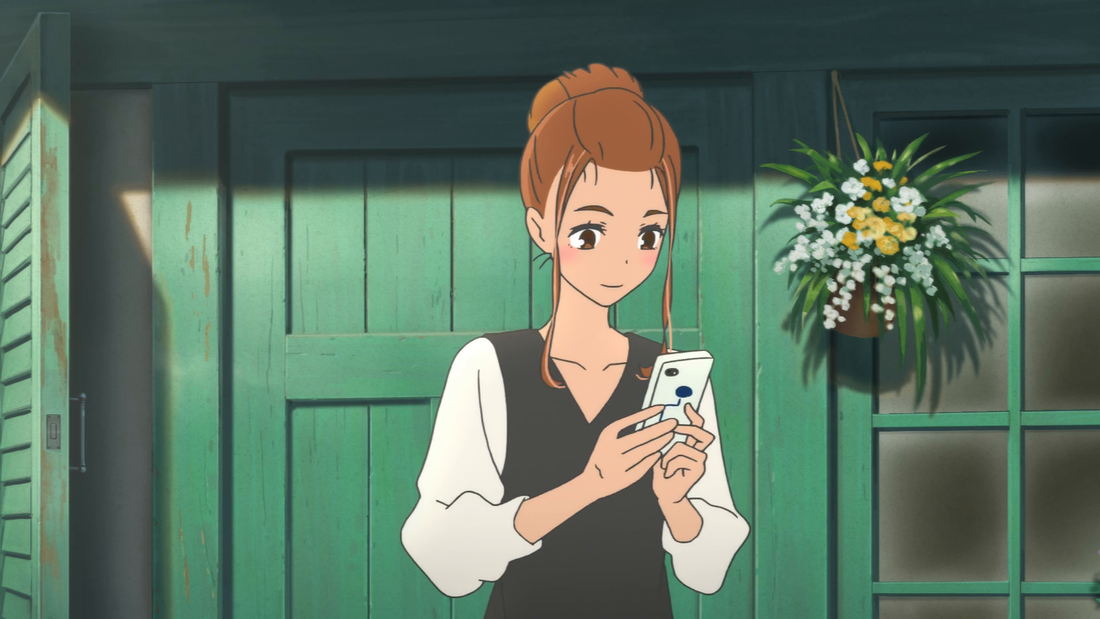“The Bob’s Burgers Movie” May Not Be the Juiciest Belcher Tale on the Menu, But It’s Well Done5/26/2022 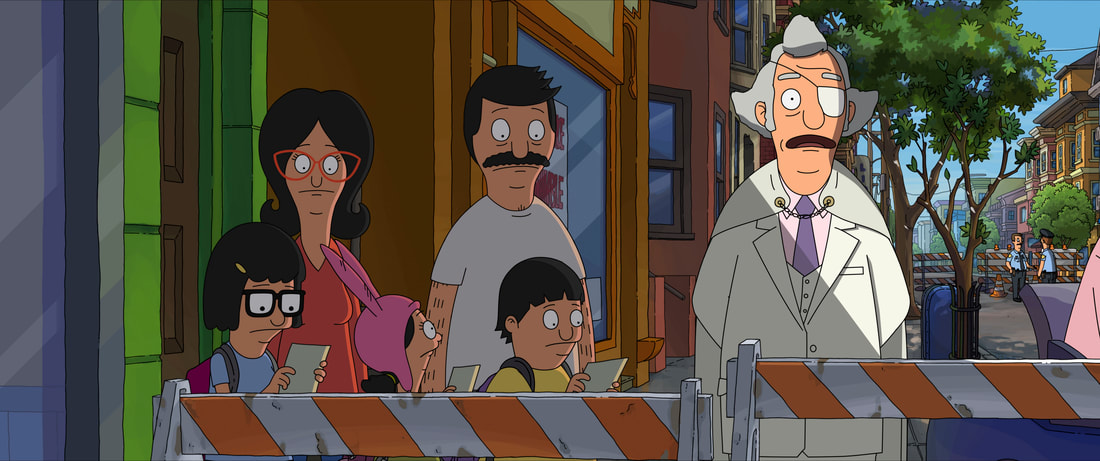 (L-R): Tina Belcher (voiced by Dan Mintz), Linda Belcher (voiced by John Roberts), Louise Belcher (voiced by Kristen Schaal), Bob Belcher (voiced by H. Jon Benjamin), Gene Belcher (voiced by Eugene Mirman), and Calvin Fischoeder (voiced by Kevin Kline) in 20th Century Studios' THE BOB'S BURGERS MOVIE. Photo courtesy of 20th Century Studios. © 2022 20th Century Studios. All Rights Reserved. It’s been 11 years since America was introduced to the Belcher family – Linda, Tina, Gene, Louise, and Bob – the stars of the animated adult comedy series, “Bob’s Burgers.” The awkward but sincere family has given us plenty to laugh about, and they’ve certainly pushed through their fair share of questionable circumstances. “Bob’s Burgers” stands out because of its oddball characters and its particular flavor of absurd humor – and these are precisely the characteristics that define The Bob’s Burgers Movie. Yes, after 200+ episodes full of potty jokes, musical numbers, pubescent sexual angst (on Tina’s part), and “wholesome” family fun, the boisterous Belchers have finally made it to the big screen – and just in time for summer.
0 Comments
In 1943, Disney introduced the world to a pair of chipmunks, Chip and Dale, in the cartoon short, “Private Pluto.” The delightful duo made appearances in a number of other shorts over the years, and in 1988 they finally landed their own show. But what happened to Chip and Dale after that show ended in 1990? After three decades out of the spotlight, the classic cartoon characters have returned in an all-new movie, Chip ‘n Dale: Rescue Rangers. Even though the new film seeks to introduce the beloved characters to a new generation, it’s just as much for the parents in the audience as it is for the kids. Chip ‘n Dale: Rescue Rangers is a hilarious feature-length running joke about the evolution of animation, and it’s got its chipmunk cheeks packed full of references to nostalgic cartoon characters.
Making a movie about movie making is a fun way to experiment with self-referentiality and multiple layers of meaning. Plus, any movie about Hollywood and the film industry has magic built right in. There’s no shortage of movies about people who fall in love with the cinema and eventually rise to stardom (which is why La La Land wasn’t as entertaining or significant as it wanted to be), but such stories are still charming and nostalgic. There’s nothing more magical than a movie scene in which one of the characters goes to the cinema and gets lost in the magic of the screen, a familiar scene that’s been used to evoke a sense of wonder and nostalgia in films like Up, Australia, Once Upon a Time… In Hollywood, Cinema Paradiso, and others. The process of falling in love with cinema isn’t one that you can explain with words or even with a still photograph. It’s a process that’s best explained through the medium of film itself — which is why Shogo Sugitani’s manga series Pompo: The Cinephile just had to be made into a film. Director Takayuki Hirao rose to meet this challenge, creating an entertaining anime flick that’s wrapped in layers of self-referentiality.
When it comes to fairy tales, setting is key. Fairy tales don’t have to take place in the past or in distant kingdoms, but their settings should invoke a sense of wonder and enchantment. The setting of a fairy tale should work alongside the other thematic elements to draw out and challenge the hero’s best and worst character traits. And if there’s any place where we’ve seen the best and worst of people over the past few years, it’s been right here on the internet. Therefore, it’s no surprise that writer/director Mamoru Hosoda chose to set his 21st-century adaptation of a classic fairytale in a bustling and vibrant virtual world. With a little help from VR technology, the heroine of the story, Belle, can be whoever she wants to be — and her counterpart, “the beast,” can hide his true identity behind a curated “tough guy” internet persona. Belle is a rich, detailed, and ambitious film that’s part fairy tale, part coming-of-age story, and part VR adventure.
Originally Published on Elements of Madness If you’re still looking for romance the week after Valentine’s Day, or perhaps if you’re desperate for something warm and colorful to beat the winter blahs, Masaaki Yuasa’s new anime feature, Ride Your Wave, might be just the pick-me-up you need. Yuasa has directed a number of anime works, most notably The Night Is Short, Walk on Girl (2017); Lu Over the Wall (2017); and Devilman: Crybaby (2018). He has also worked in the animation and writing departments for numerous other feature films and TV shows. His resume reveals the wide range of styles, moods, and genres that anime can encompass. Yuasa’s latest feature, Ride Your Wave, is a teen romance that delves into the supernatural while maintaining the carefree flair of a lighthearted summer beach flick.
|
"Our embodied spectator, possibly perverse in her fantasies and diverse in her experience, possesses agency...finally, she must now be held accountable for it." Categories
All
|

